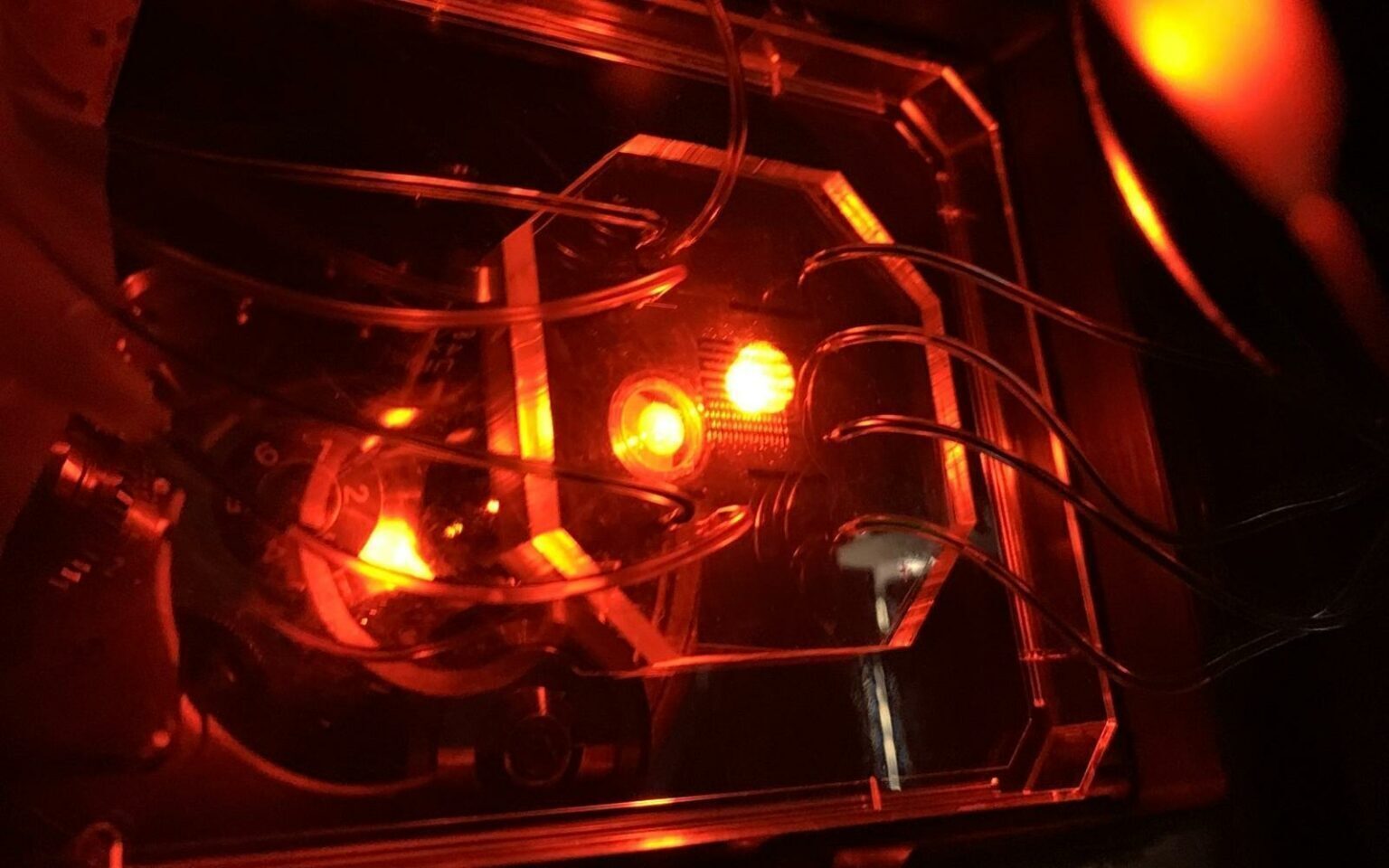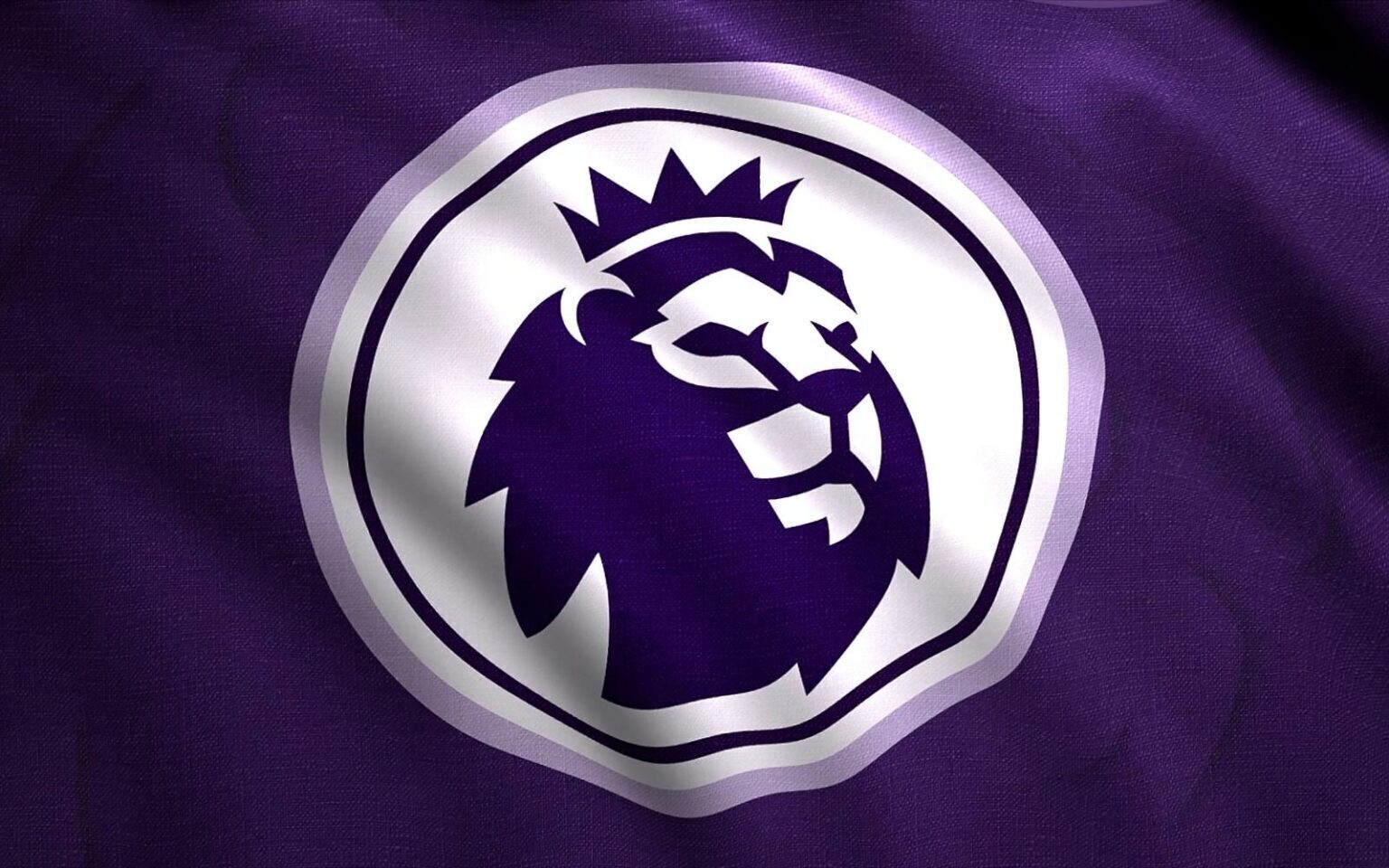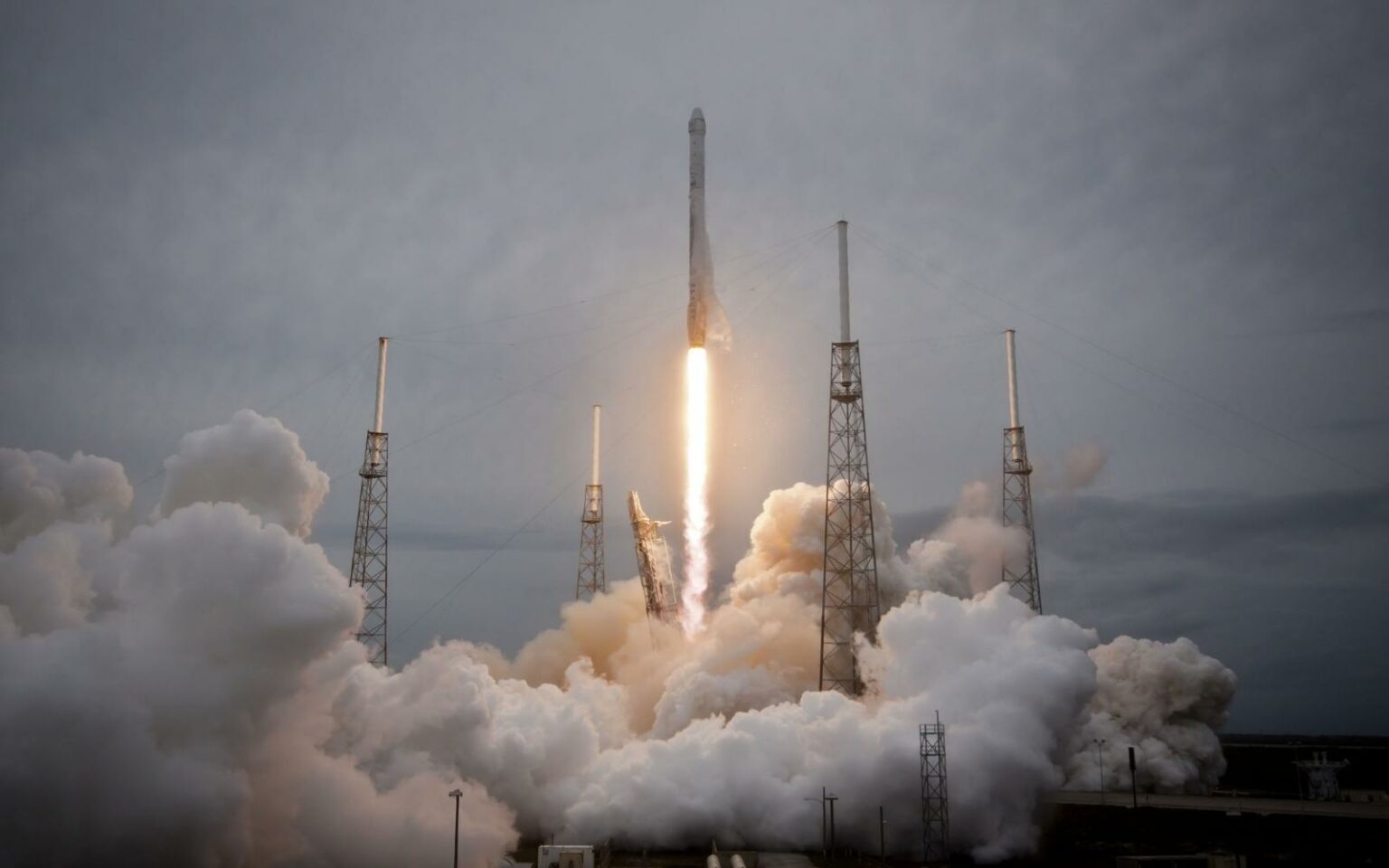Stem cells are the starting point for all other cells in our bodies. The first such cells to be found were blood stem cells – as the name suggests, they give rise to different types of blood cells. But there’s much we don’t know about how these cells develop in the first place. In a study published today in Cell Reports, we have shown how a lab simulation of an embryo’s beating heart and circulation lead to the development of human blood stem cell precursors. The tiny device mimics embryonic blood flow, allowing us to directly observe human embryonic blood formation under the…
Author: The Conversation
The English Premier League (EPL) celebrates its 30th season this year, and much has changed since the league’s inception in 1992. For many long-time fans, the period may well be defined by the influx of money into the sport, with player wages ballooning, transfer records toppling, and broadcasting deals reaching into the billions of pounds. Some of this wealth has been used to impose major technological enhancements on the league, including the video assistant referee (VAR), goalline technology, and vanishing spray applied to the playing surface by the referee to indicate where set plays should be taken from. Meanwhile, increasingly advanced player tracking systems have given commentators and pundits access to team performance…
Sometimes it seems like passwords have been with us forever, and yet every year we’re reminded how we still don’t use them properly! The annual publication of the “worst passwords” list shows we haven’t become much more password savvy over the decade. And while several replacements for the humble password have been proposed, none have come close to the ease of using the traditional method. But this changes today with the introduction of Passkeys – an update in Apple’s latest iOS 16 operating system. Passkeys could be the long-awaited solution to password malpractice, and the near-constant problem of compromised credentials. What’s wrong with passwords?…
In many busy households around the world, it’s not uncommon for children to shout out directives to Apple’s Siri or Amazon’s Alexa. They may make a game out of asking the voice-activated personal assistant (VAPA) what time it is, or requesting a popular song. While this may seem like a mundane part of domestic life, there is much more going on. The VAPAs are continuously listening, recording and processing acoustic happenings in a process that has been dubbed “eavesmining,” a portmanteau of eavesdropping and datamining. This raises significant concerns pertaining to issues of privacy and surveillance, as well as discrimination, as the…
Say you are looking for a new job. You head to LinkedIn to spruce up your profile and look around your social network. But who should you reach out to for an introduction to a potential new employer? A new study of more than 20 million people, published in Science, shows that your close friends (on LinkedIn) are not your best bet: instead you should look to acquaintances you don’t know well enough to share a personal connection with. The strength of weak ties In 1973, the American sociologist Mark Granovetter coined the phrase “the strength of weak ties” in the context of social…
In simple terms, digital money can be defined as a form of currency that uses computer networks to make payments. Breathless media coverage of the future potential of cryptocurrencies such as Bitcoin has made digital money a hot topic. One of the main differences between digital money and physical currency, such as cash, is that digital money lacks any identifying features that make it unique. If you take a glance at any bank notes you might have sitting in your wallet or purse, you will quickly notice that each note has a serial number — a unique string of letters and…
More than half of the thousands of satellites in orbit are now defunct, and this accumulation of floating space debris has been described as a “fatal problem” for current and future space missions and human space travel. An estimated 130 million objects smaller than 1cm and 34,000 larger than 10cm are travelling in orbit at speeds of thousands of kilometres per hour, according to the European Space Agency (ESA). A report presented at this year’s European conference on space debris suggests the amount of space junk could increase fifty-fold by 2100. While many fragments of space junk are small, they travel so…
Elon Musk’s space tech company SpaceX is rapidly advancing towards its goal of establishing Starlink – a massive satellite network capable of providing high-speed broadband internet across the world. Starlink claims the network is already servicing more than 30 countries with high-speed internet, including the United States, parts of Australia and most of the United Kingdom. There are about 2,500 Starlink satellites in orbit, with plans to eventually create a constellation of 42,000. The satellites are in “low Earth orbit” at an altitude of about 550 kilometres. This relative proximity provides the benefit of low latency (less delay in data processing), faster…
Teenagers are often accused of being addicted to their mobile devices, but new research shows they’re often just modelling their parents’ behaviour. Of course, we all use digital devices for work, for fun, and for socialising – but too much screen time can be harmful. There is such a thing as “digital addiction” and it’s characterised by excessive and obsessive attachment to technology, associated with harm to users and people around them. Parents are often considered part of the solution when it comes to their children’s technology addiction. However, in my team’s recent study, we found parents may be part of the problem. The…
An art prize at the Colorado State Fair was awarded last month to a work that – unbeknown to the judges – was generated by an artificial intelligence (AI) system. Social media have also seen an explosion of weird images generated by AI from text descriptions, such as “the face of a shiba inu blended into the side of a loaf of bread on a kitchen bench, digital art”. Or perhaps “A sea otter in the style of ‘Girl with a Pearl Earring’ by Johannes Vermeer”: You may be wondering what’s going on here. As somebody who researches creative collaborations between humans…










